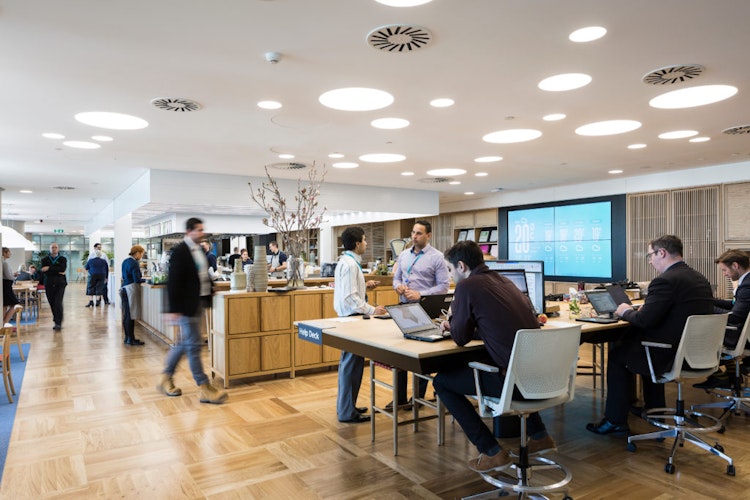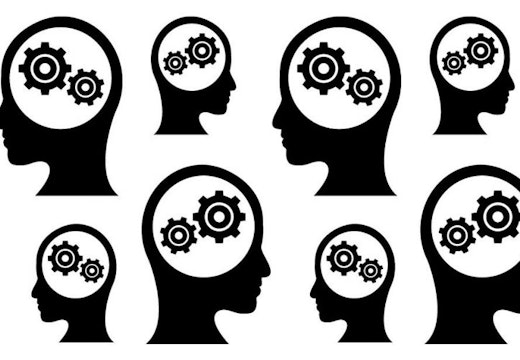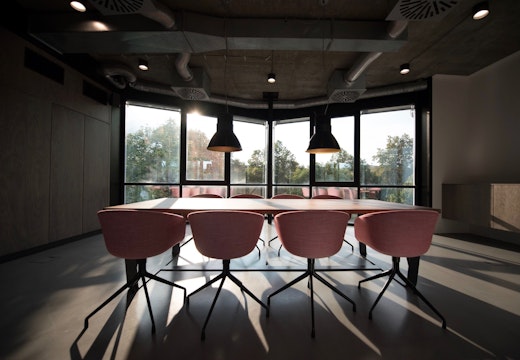Designing for diversity: breeding a culture of inclusion
A culture of diversity and inclusivity not only needs to be represented in the workforce, but also in workplace design. Alison Webb, Lendlease’s head of workplace in Europe talks about elements of inclusivity in workplace design and its new development in East London
Diversity and inclusivity have been big business buzzwords now for a while. Diversity is now a basic element of the modern world; more and more women are taking up executive positions in business, same sex marriage is legal in 26 countries, and mass immigration has added another dimension to Western societies.
There’s also a growing awareness of how companies can benefit from building a culture of diversity in the workplace; both inherent – age, race, gender; and acquired – experiences, networks and people living with disabilities. Among employers surveyed by recruitment firm Robert Walters, 85% said that increasing diversity in their workforce was a priority. So, as we see the impact of this trend on business success, should we look at how we’re enabling diversity and supporting inclusivity in our workplace environments?
A diverse workforce is defined as one that is made up of individuals with a wide range of characteristics and experiences. Inclusivity is commitment to working as a team, while recognising that everyone comes from different backgrounds. The business case for diversity and inclusivity is a strong one, with the benefits far-reaching.
Diversity can drive learning, creativity and innovation
A survey by the Harvard Business Review found employees at companies which focussed on inherent and acquired diversity, were more likely to out-innovate and out-perform others. The report also revealed employees in a ‘speak up’ culture were 3.5 times more likely to contribute their full innovative potential.
Diversity can drive profits
There is evidence that suggests companies with more females in top positions are more profitable than those their male-dominated rivals. It proves ‘the presence of women contributes to superior performance via functional diversity’. Many countries, like Norway, have realised this and have implemented gender quotas for women on corporate boards.
Diversity can improve problem solving
A diverse group of problem solvers can out-perform a team of the most intelligent problem solvers, according to a study by the University of Michigan. It suggests that if the best problem solvers tend to think about a problem in a similar way, the group may not be as effective.
Diversity can open up talent pools
It’s a simple game of numbers. By including employees from across the board – different genders, ages, countries, backgrounds – businesses can increase their access to a wide variety of perspectives and expertise. A diverse workforce can help companies open up new opportunities and explore new solutions.
Most of these are obvious points as to why diversity should form the backbone of any company’s culture, however much of the time, management teams tend to overlook the physical aspects of their workplace environment when considering how to improve and encourage diversity and inclusivity.
For example, the UK’s average retirement age has risen almost two years for men and three for women in the last two decades, meaning we’re now spending more of our adult lives in the office. However, there’s a current trend of businesses designing their office spaces specifically to target young hipsters – e.g. with ping pong tables and a warehouse aesthetic – potentially pushing out the older generations before they’re ready.
If business managers truly wish to be diverse and inclusive, they shouldn’t just design their workspace for the stereotypical worker, they really need to think about who their users might be.
In my opinion, London is also lagging behind in terms of mobility and accessibility for office workers. This is largely due to the poor quality of inherited building stock, as well as the fact the average city worker now spends an entire working week commuting every year, which we know can leave them more vulnerable to chronic stress or burnout. We also still have a fair way to go when it comes to improving the commute for people who use wheelchairs, with only 72 of the 270 Underground stations step-free.
Of course, business operators can incorporate elements of inclusive design into their physical workspaces that will help them to tackle these challenges and achieve greater diversity and inclusivity. As Roland White, Global Director of D&I at Microsoft says, ‘Inclusive design doesn’t mean you’re designing one thing for all people. You’re designing a diversity of things so everyone finds a way to participate’.
An easy place for businesses to start is to work on improving their employees’ journey into work – i.e. helping to reduce their commute time, therefore improving their work-life balance and overall happiness. Relocating your office to an area with easily-accessible transport links, or with a volume of affordable housing so workers could walk to their office, would go a long way to addressing this problem. I’m proud that our new IQL development at Stratford can deliver both, with residential buildings on the doorstep, and public transport access to all major airports in less than 60 minutes.
Building design should also reflect ease of movement, with centrally-located staircases, barrier-free access points, large lifts and wide, accessible doorways. We design our commercial places that way because everyone – no matter their mobility capabilities – should have equal access to all parts of the workspace, both inside and out.
Opening up and engaging with the world outside is another way business leaders can drive a culture of diversity and inclusivity. Our tenants are increasingly interested in how they can build networks with their neighbours and benefit from the exchanging of ideas. So we’re creating layers of workplace at IQL at the ground floor and outdoors, designed to invite neighbours, like university students, in and encourage diverse interactions.
The proof is in the research – diversity and inclusivity can help businesses increase profits and retain staff, as well as work smarter and more innovatively. However, building a culture of diversity involves not just hiring talent of various ages, sexes and backgrounds, but also using inclusive elements in office building design to make everyone feel equal so they can deliver their best work.








